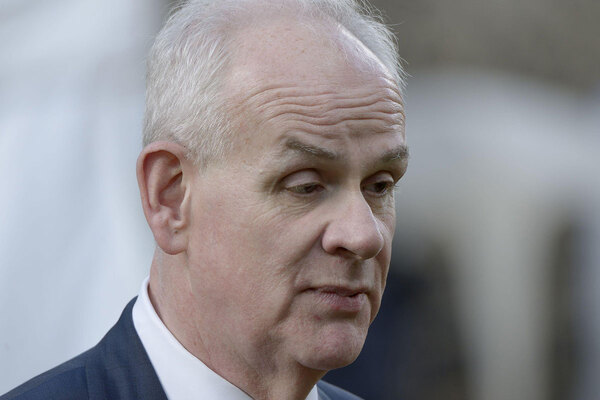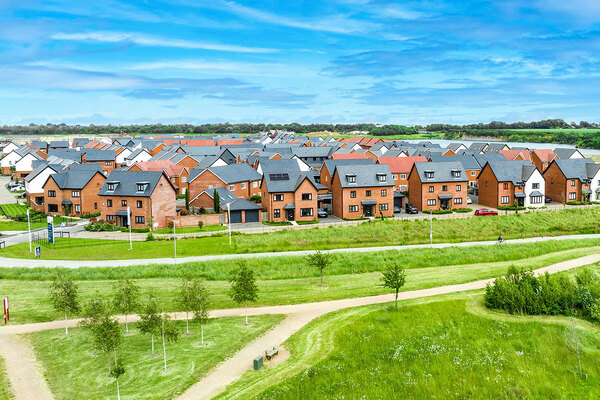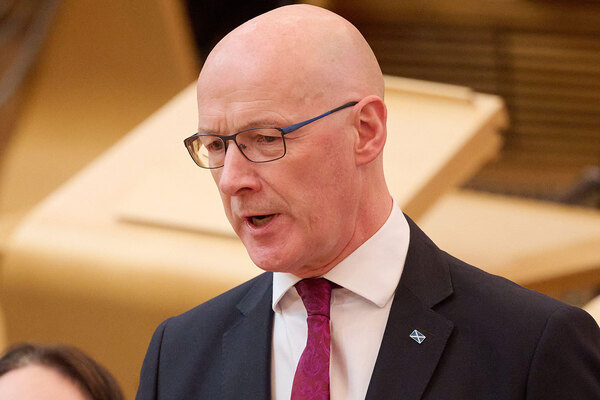You are viewing 1 of your 1 free articles
Two-party pact
Unless there is a major surge in housebuilding, a possible pact to stop large-scale development outside cities could intensify, says Jon Neale

One of the worst aspects of the first-past-the-post electoral system – and there are many – is that it exaggerates the divides within Britain.
The media tends to play along, painting a stereotype of a Conservative south, a Labour north and a nationalist Scotland. The problem with this it is fails to recognise that there are a huge numbers of Conservative voters in the north as well as a significant Labour vote in the south – and that half of all Scots did not vote for the SNP. Northerners are much more like southerners than the electoral map suggests.
However, there is a divide that is probably more real than any of these crude geographical divisions. The northern countryside is almost as blue as the southern version. Meanwhile, London – as well as a few dots in Brighton, Oxford, Cambridge, Luton and so on – provides the red in the southern half. We are becoming a country in which urban and rural areas are increasingly politically opposed.
It has not always been that way, as can be shown from any Google search for an electoral map from the 1950s (for example). There are splashes of red in rural Somerset and Norfolk, and plenty of blue streaks in the heart of Merseyside, Manchester, Birmingham and London – and even Glasgow.
So what has changed? It is partly to do with demographics – the departure of many middle-class voters from cities – as well as the growth of ethnic minorities, who (and this is changing) generally do not vote Conservative. But I suspect that housing is also a significant factor.
In The Containment of Urban Britain, the late, great planning academic and writer Sir Peter Hall argued that the Labour and Conservative parties had an unspoken pact to prevent large-scale development outside cities. The two-party system was preserved by council housing remaining within cities and the owner-occupiers left to the suburbs and the rural areas.
This is a little extreme, but we are sleepwalking into a similar situation, which is most intense in London. The capital is increasingly a place where ownership is out of bounds to all but the independently wealthy (or merely extremely well paid), while its social housing pool is increasingly residualised. The vast majority of people falling in between these two extremes have only one option: the private rented market.
Labour’s vote
It is notable that London was the only place (alongside a few others that resemble it, like Brighton & Hove) where Labour’s vote increased. Apart from the factors I’ve already mentioned, I am sure that the party’s housing policies had a role in this.
The mansion tax and rental caps were misguided, in my humble opinion – a more thorough review of property taxation and the rental market is the way forward (although I note with wry amusement that the latter kept being referred to as rent control, when in fact it was rent stabilisation).
The former, in particular, also fed into one of the left’s current myths – that we can produce a Scandinavian-style welfare state if only we were to tax the very rich a lot more (the equivalent myth on the right, by the way, is that the British economy is capable of fixing public finances without any structural changes).
One thing is certain, though – they were both only really going to have any real impact in London. This means that in the capital, housing is now perhaps the major domestic political issue – as it should be, given that many other social problems would be far less significant if housing costs were lower compared to incomes.
Elsewhere, though, it has not yet climbed up the agenda. This is possibly because the affordability problems are not yet quite so severe elsewhere in the country, but also a result of the much older population profile outside London (and the higher proportion of voters who are unaffected by rental increases or benefit).
There are, of course, places that have similar issues, but they do not yet have the scale and impact to register on the electoral map. However, as price rises and supply shortages become more of an issue here as well, their potency will rise, although they are only likely to become significant in cities, where there is a sufficient concentration of young people within the population. Elsewhere, this effect will be drowned out by demographics.
It is important to remember that a major factor in the Conservative victory was their overwhelming popularity among the over-65s. With time, Labour will be tempted to concentrate more on the worsening housing problem as it rises up the political agenda everywhere.
The difficulty will be how to promote what is needed – a major surge in housebuilding outside current city boundaries – without alienating electorally vital Middle England. But nevertheless, these forces will continue to apply, pushing apart cities from their surroundings, intensifying in a different form that split defined by Sir Peter Hall several decades ago.
Jon Neale, head of UK research at consultancy Jones Lang LaSalle








